

Articles
How To Store Outdoor Cushions
Modified: January 19, 2024
Learn the best methods for storing outdoor cushions with these informative articles. Keep your cushions protected and ready for the next season.
(Many of the links in this article redirect to a specific reviewed product. Your purchase of these products through affiliate links helps to generate commission for Storables.com, at no extra cost. Learn more)
Introduction
Outdoor cushions are a fantastic addition to any outdoor furniture set, providing comfort and style to your outdoor living space. However, when the colder months approach or when you’re not using your outdoor furniture as regularly, it’s important to properly store your outdoor cushions to protect them from the elements and extend their lifespan.
In this article, we will guide you through the steps to effectively store your outdoor cushions, ensuring they stay in great condition and are ready to use when the warmer weather returns. From cleaning the cushions to choosing the ideal storage location, we’ve got you covered.
So, let’s get started and learn how to properly store your outdoor cushions!
Key Takeaways:
- Properly storing outdoor cushions is crucial for preserving their quality and extending their lifespan. From cleaning and drying to choosing an ideal storage location, each step plays a vital role in protecting your investment.
- Regular maintenance and inspection are key to ensuring the longevity of your outdoor cushions. By addressing issues early on and taking preventative measures, you can keep your cushions in excellent condition for many seasons to come.
Read more: How To Store Cushions For Outdoor Furniture
Step 1: Clean the Cushions
Before storing your outdoor cushions, it’s important to give them a thorough cleaning. Over time, dirt, debris, and stains can accumulate on the cushions, which can cause permanent damage if left untreated. Here’s how to clean your outdoor cushions:
- Start by removing any loose dirt or debris from the cushions by gently brushing or vacuuming them. This will help prevent further staining and make the cleaning process easier.
- Next, mix a solution of mild detergent and warm water in a bucket. Avoid harsh chemicals or bleach, as these can damage the fabric.
- Dip a soft brush or sponge into the soapy water and gently scrub the cushions, paying extra attention to any stains or heavily soiled areas.
- Rinse the cushions thoroughly with clean water to remove any soap residue.
- Allow the cushions to air dry completely in a well-ventilated area before moving on to the next step.
By regularly cleaning your outdoor cushions, you’ll not only maintain their appearance but also prevent the buildup of mold and mildew, which can cause unpleasant odors and damage to the fabric.
Step 2: Remove Excess Moisture
After cleaning your outdoor cushions, it’s crucial to ensure that they are completely dry before storing them. Excess moisture can lead to mold and mildew growth, which can ruin the cushions. Follow these steps to remove any remaining moisture:
- Using a towel or sponge, gently pat the cushions to absorb as much moisture as possible. Avoid rubbing or pressing too hard, as this can damage the fabric.
- If the weather permits, place the cushions in a sunny spot outdoors to air dry. Make sure to flip them regularly to evenly distribute the sunlight and prevent fading.
- If sun drying is not possible, use a fan or dehumidifier to speed up the drying process. Ensure proper ventilation to prevent trapped moisture.
- Alternatively, you can use a fabric-safe, low-heat setting on a dryer to dry the cushions. Place a few clean towels or dryer balls in the dryer with the cushions to help distribute the heat and prevent them from clumping together.
Remember, storing your outdoor cushions while they are still damp can lead to musty odors and mildew growth. It’s essential to make sure they are thoroughly dry before moving on to the next step.
Step 3: Choose an Ideal Storage Location
When it comes to storing your outdoor cushions, choosing the right location is key. Here are some factors to consider when selecting the ideal storage spot:
- Indoor or Covered Area: It’s advisable to store your outdoor cushions in a dry and covered area, such as a garage, shed, or basement. This will protect them from rain, snow, and excessive moisture.
- Temperature and Humidity: Opt for a storage location where the temperature remains relatively stable and the humidity level is low. Extreme temperatures and high humidity can cause damage to the fabric and lead to mold or mildew growth.
- Away from Pests: Ensure that the storage area is free from pests such as rodents or insects, as they can damage and soil the cushions.
- Accessibility: Consider how easily you can access the storage location when you need to retrieve the cushions. This will make the process more convenient, especially when you want to use them again in the future.
If you don’t have an indoor or covered storage option, you can also invest in a weatherproof storage box or container specifically designed for outdoor cushions. These containers are durable, waterproof, and can be placed outside without worrying about damage from the elements.
By choosing an ideal storage location, you can ensure that your outdoor cushions are protected from the elements and remain in good condition throughout their storage period.
Step 4: Use Waterproof Covers
To provide an extra layer of protection for your outdoor cushions, it’s highly recommended to use waterproof covers. These covers act as a barrier against moisture, dirt, and other elements. Here’s how to use waterproof covers effectively:
- Measure the dimensions of your cushions to ensure you purchase covers that fit properly.
- Choose covers made from high-quality, durable, and waterproof materials. Look for covers specifically designed for outdoor use to ensure they are built to withstand the elements.
- Place each cushion inside its individual cover, making sure it’s fully enclosed and sealed. If necessary, use straps or ties to secure the covers in place.
- Ensure that the covers are tight and snug to prevent water or debris from getting inside.
- If storing your cushions outdoors, consider investing in covers with UV protection to prevent fading and damage from the sun’s rays.
Using waterproof covers adds an extra layer of protection to your outdoor cushions, shielding them from rain, snow, dust, and other outdoor elements. This will help to keep your cushions clean and in excellent condition during storage.
Store outdoor cushions in a dry, well-ventilated area to prevent mold and mildew. If possible, use a storage bin or cover to protect them from the elements.
Read more: How To Store Outdoor Cushions For The Winter
Step 5: Stack or Store Cushions Flat
When it comes to storing your outdoor cushions, you have two options: stacking them or storing them flat. Here’s what you need to know about each method:
- Stacking: If you have limited storage space, stacking your cushions can be a space-saving solution. However, there are a few things to keep in mind:
- Stack the cushions with the largest ones at the bottom and the smaller ones on top. This helps distribute the weight evenly and prevents the cushions from getting crushed.
- Place a clean and dry cloth or piece of cardboard between each cushion to protect them from rubbing against each other and potentially causing damage or transferring colors.
- Secure the stack of cushions with straps or bungee cords to prevent them from shifting or falling.
- Storing Flat: Storing your cushions flat is the preferred method as it helps maintain their shape and reduces the risk of creasing. Here are some tips for storing them flat:
- Lay the cushions flat and avoid folding or bending them. This can help preserve their original shape and prevent any permanent creases or wrinkles.
- If you have multiple cushions, you can stack them on top of each other, but make sure not to stack too many to avoid excessive pressure and deformation.
- Place a clean and dry cloth or sheet over the cushions to provide an additional layer of protection against dust and debris.
Whether you choose to stack your cushions or store them flat, make sure they are properly arranged and protected to maintain their quality and shape during storage.
Step 6: Avoid Direct Sunlight or Extreme Temperatures
When storing outdoor cushions, it’s crucial to protect them from direct sunlight and extreme temperatures. Exposure to these elements can cause fading, fabric deterioration, and potential damage. Here’s how to avoid these issues:
- Avoid Direct Sunlight: Prolonged exposure to direct sunlight can cause the colors of your cushions to fade over time. To prevent this, store your cushions in a shaded area away from direct sunlight. If storing outdoors, consider using covers with UV protection to block out harmful rays.
- Avoid Extreme Temperatures: Extreme heat or cold can also have damaging effects on your cushions. Avoid storing them in spaces with extreme temperatures, such as attics or unheated basements. Instead, choose a storage location with a moderate and consistent temperature.
- Insulate from the Ground: When storing cushions outdoors, make sure to elevate them off the ground to prevent moisture absorption from the soil. You can use pallets, wooden boards, or a raised storage platform to keep them dry and protected.
- Avoid Enclosed Spaces: Storing cushions in plastic bags or airtight containers can trap moisture and lead to mold or mildew growth. It’s best to allow for proper airflow and ventilation to keep the cushions dry and fresh.
By taking these precautions, you can prolong the lifespan of your outdoor cushions and ensure they remain in excellent condition, ready to be used again when the outdoor season returns.
Step 7: Regular Maintenance and Inspection
To ensure the longevity of your outdoor cushions, it’s important to perform regular maintenance and inspection. By doing so, you can identify any potential issues early on and take action to prevent further damage. Here’s what you should do:
- Inspect for Damage: Regularly check your cushions for any signs of wear and tear, including rips, tears, or loose threads. If you notice any damage, repair it promptly to prevent it from worsening.
- Clean Regularly: Even in storage, your cushions can accumulate dust and dirt. Schedule periodic cleanings, following the steps outlined in Step 1, to keep them fresh and free from debris.
- Avoid Stagnant Water: If your cushions are stored outdoors, ensure they are not in an area prone to pooling water, as this can lead to mold and mildew growth. Regularly check for any water accumulation and take appropriate measures to remove it promptly.
- Monitor for Pests: Insects and rodents can cause damage to your cushions. Periodically inspect your storage area for any signs of pests and take preventative measures, such as using repellents or traps, to keep them at bay.
- Rotate and Fluff: If you have cushions that are in storage for long periods, rotate and fluff them occasionally to prevent uneven wear and maintain their shape. This is especially important for cushions made from materials like foam that can become compressed over time.
- Replace Worn-Out Cushions: If you notice that your cushions are beyond repair or are heavily damaged, it may be time to consider replacing them. Investing in new cushions will ensure your outdoor furniture remains comfortable and visually appealing.
By regularly maintaining and inspecting your outdoor cushions, you can catch and address any issues promptly, preventing further damage and ensuring they are ready to be enjoyed when the next outdoor season arrives.
Conclusion
Properly storing your outdoor cushions is essential to protect them from the elements and extend their lifespan. By following the steps outlined in this article, you can ensure that your cushions stay in excellent condition and are ready to use when the warmer weather returns.
From cleaning the cushions to choosing an ideal storage location, removing excess moisture, using waterproof covers, and deciding whether to stack or store them flat, each step plays a vital role in preserving the quality of your outdoor cushions. It is important to remember to avoid direct sunlight, extreme temperatures, and stagnant water, as well as to perform regular maintenance and inspections to catch any potential issues early on.
By taking the time and effort to store your outdoor cushions properly, you can enjoy their comfort and beauty for many seasons to come. Remember, investing in high-quality cushions and giving them proper care and maintenance will result in a longer lifespan, saving you money in the long run.
So, don’t overlook the importance of storing your outdoor cushions correctly. Follow these steps, and you’ll have cushions that are fresh, clean, and ready to enhance your outdoor living space whenever the time comes.
Frequently Asked Questions about How To Store Outdoor Cushions
Was this page helpful?
At Storables.com, we guarantee accurate and reliable information. Our content, validated by Expert Board Contributors, is crafted following stringent Editorial Policies. We're committed to providing you with well-researched, expert-backed insights for all your informational needs.
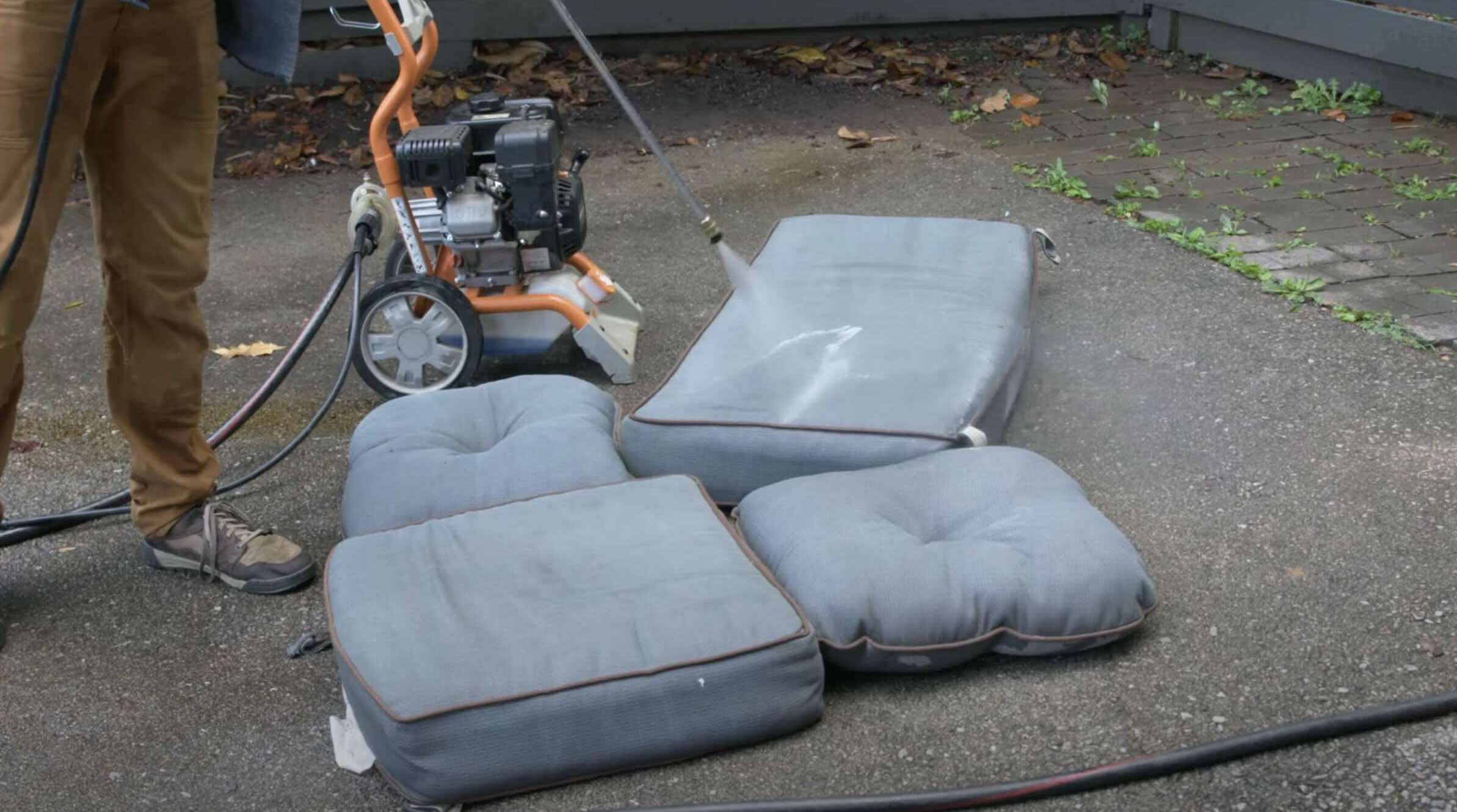



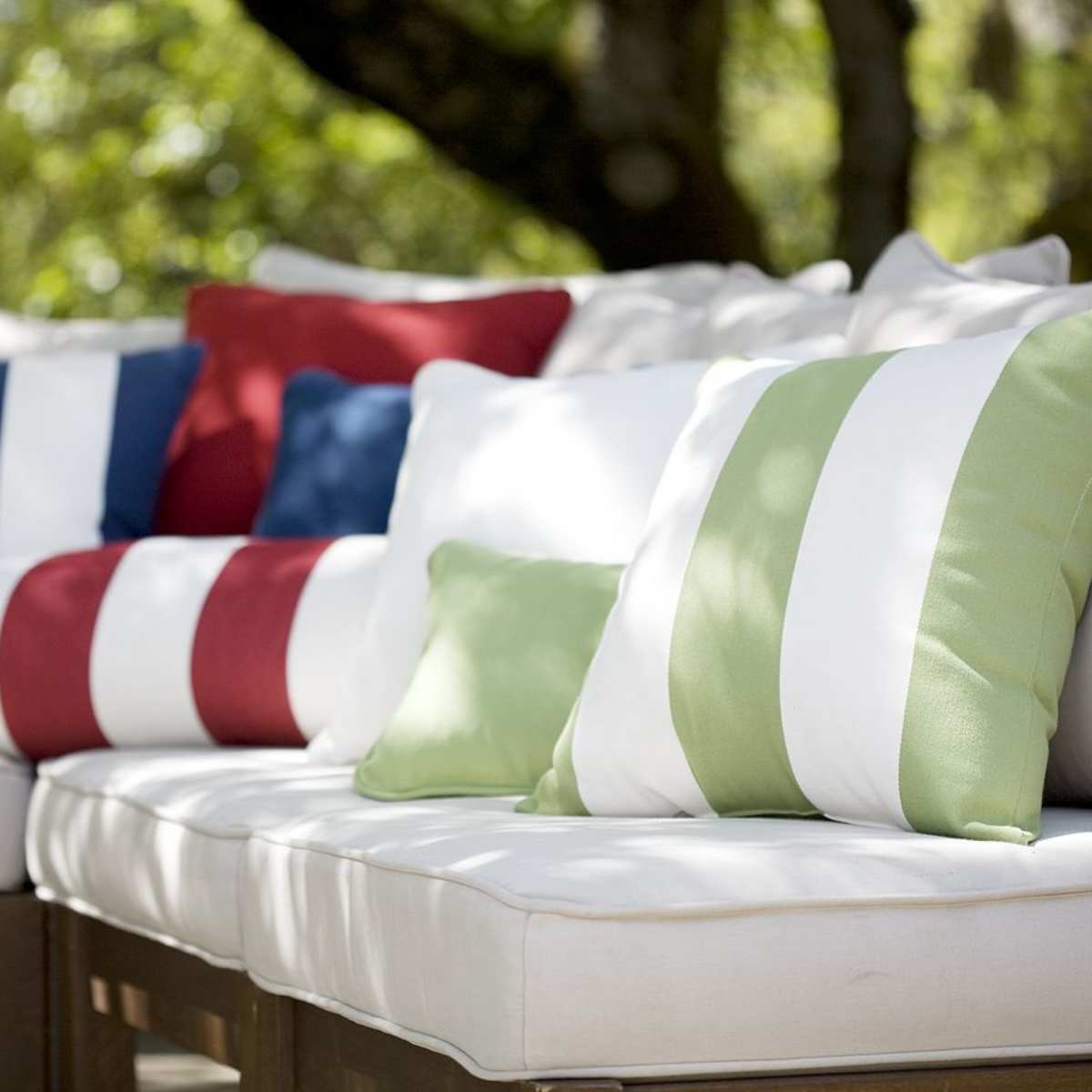
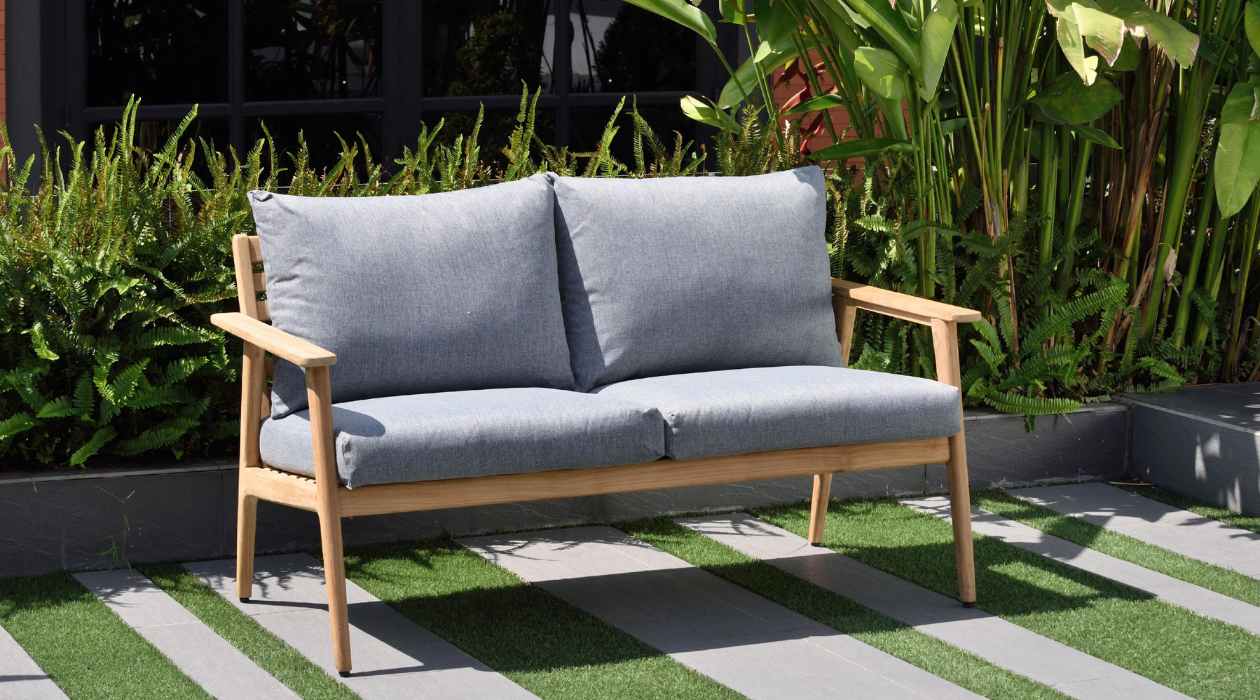
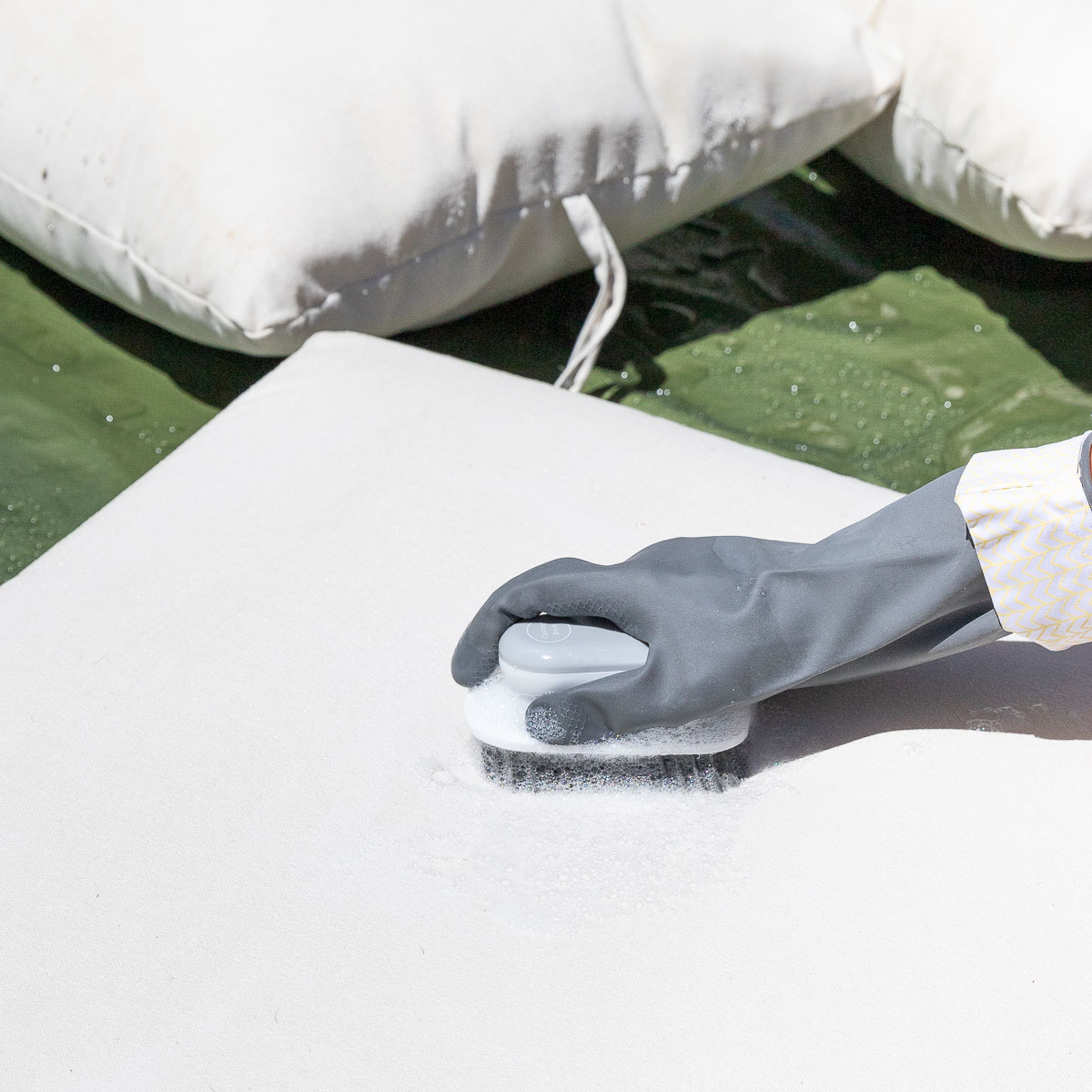


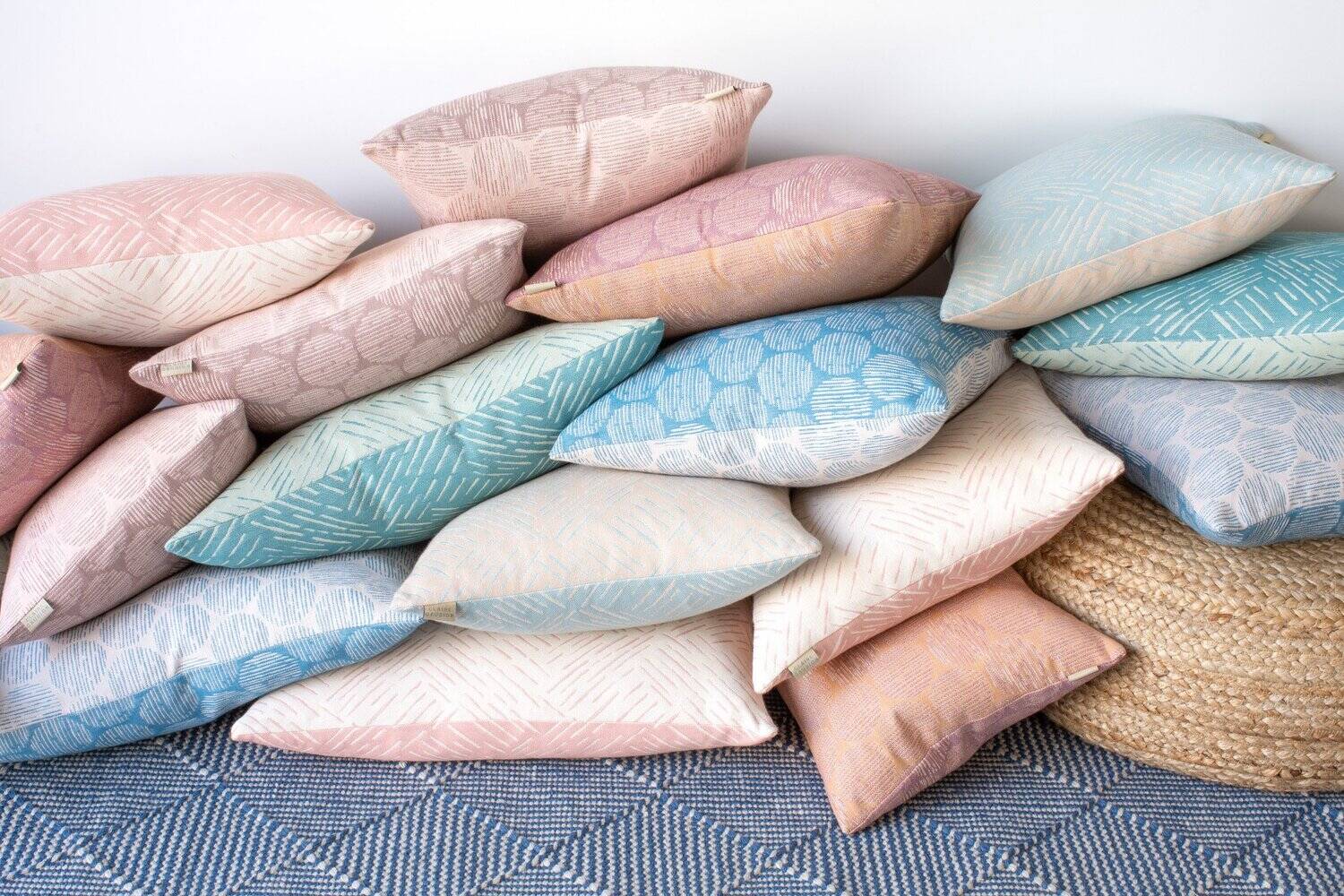
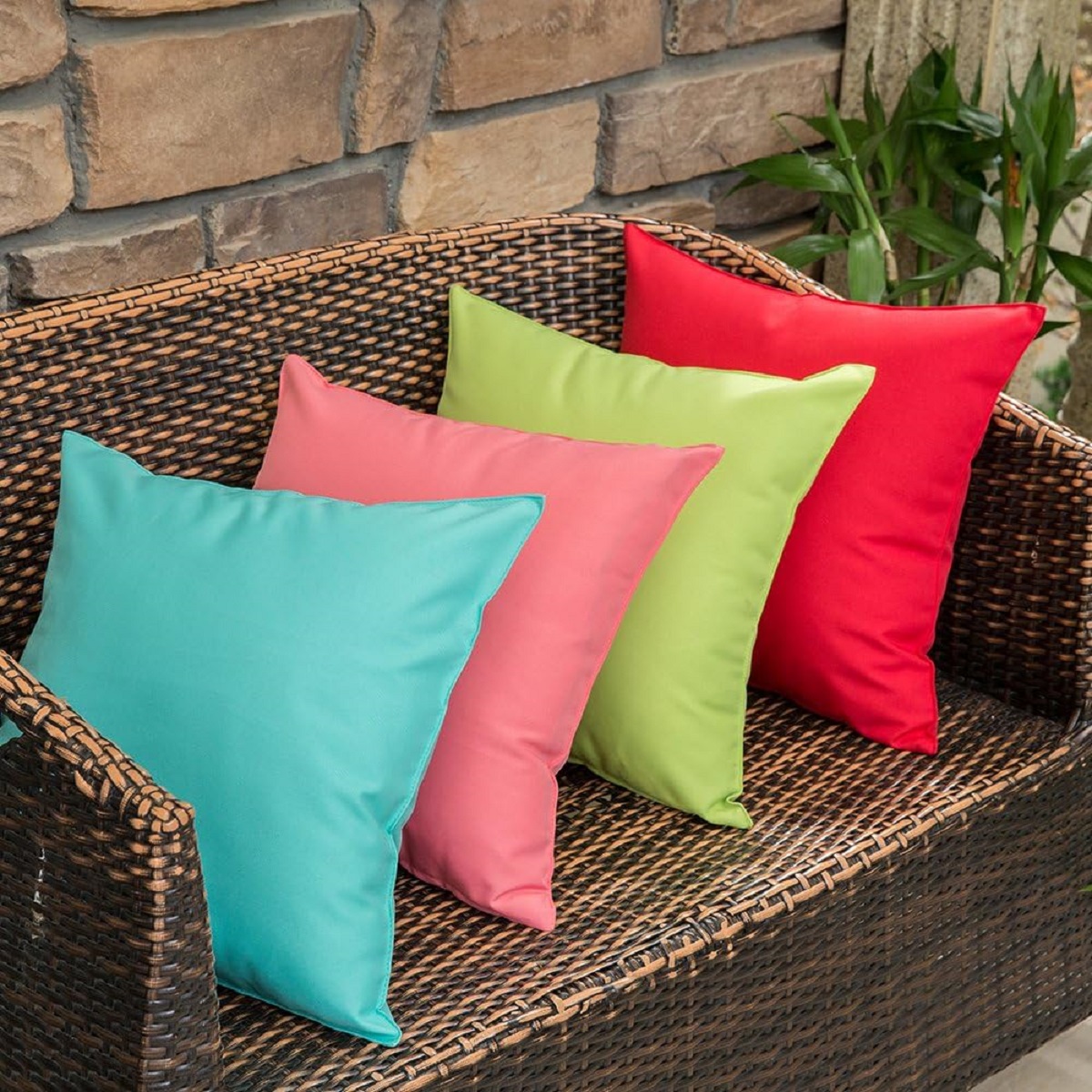

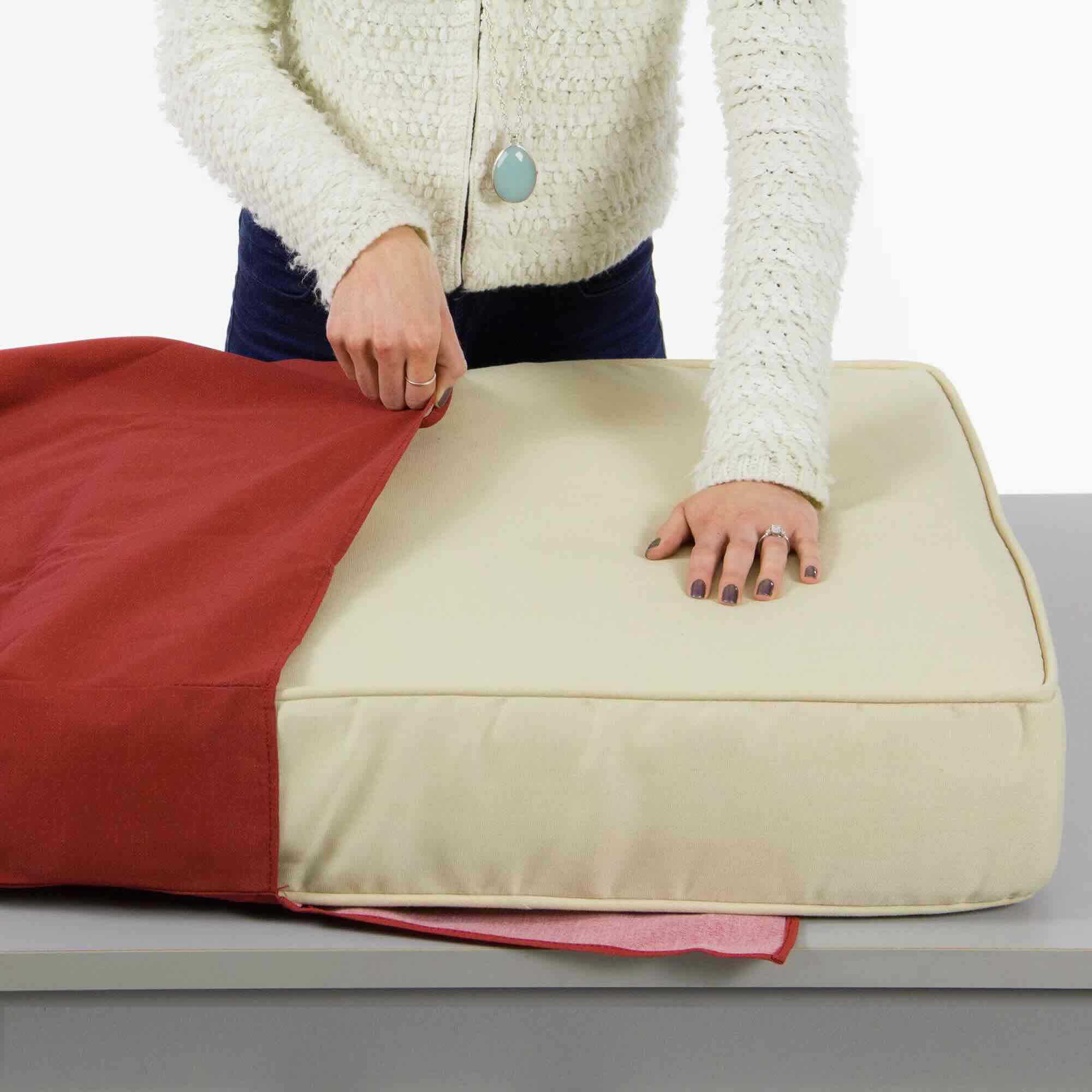
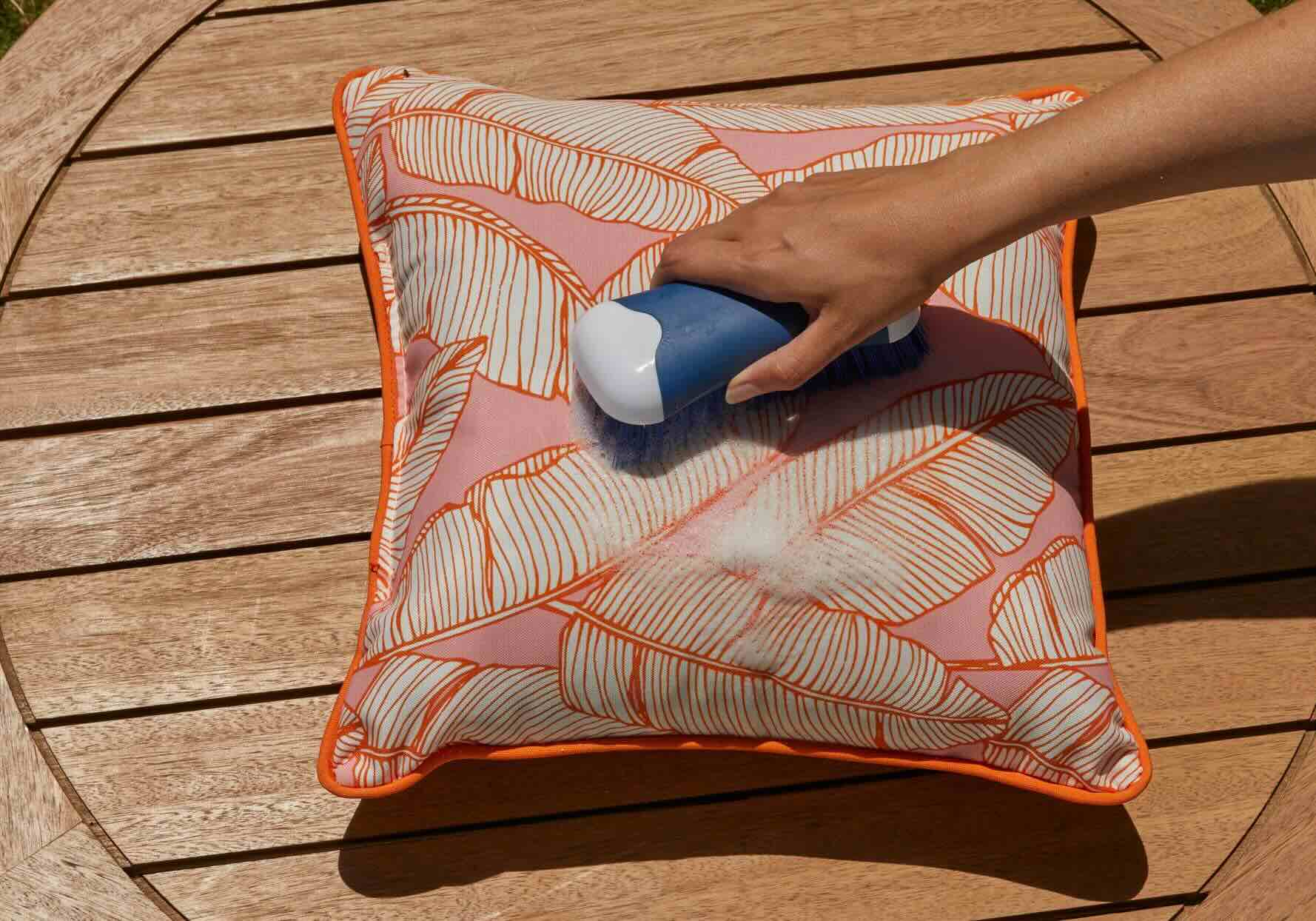

0 thoughts on “How To Store Outdoor Cushions”